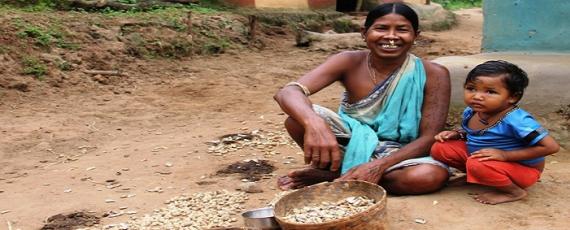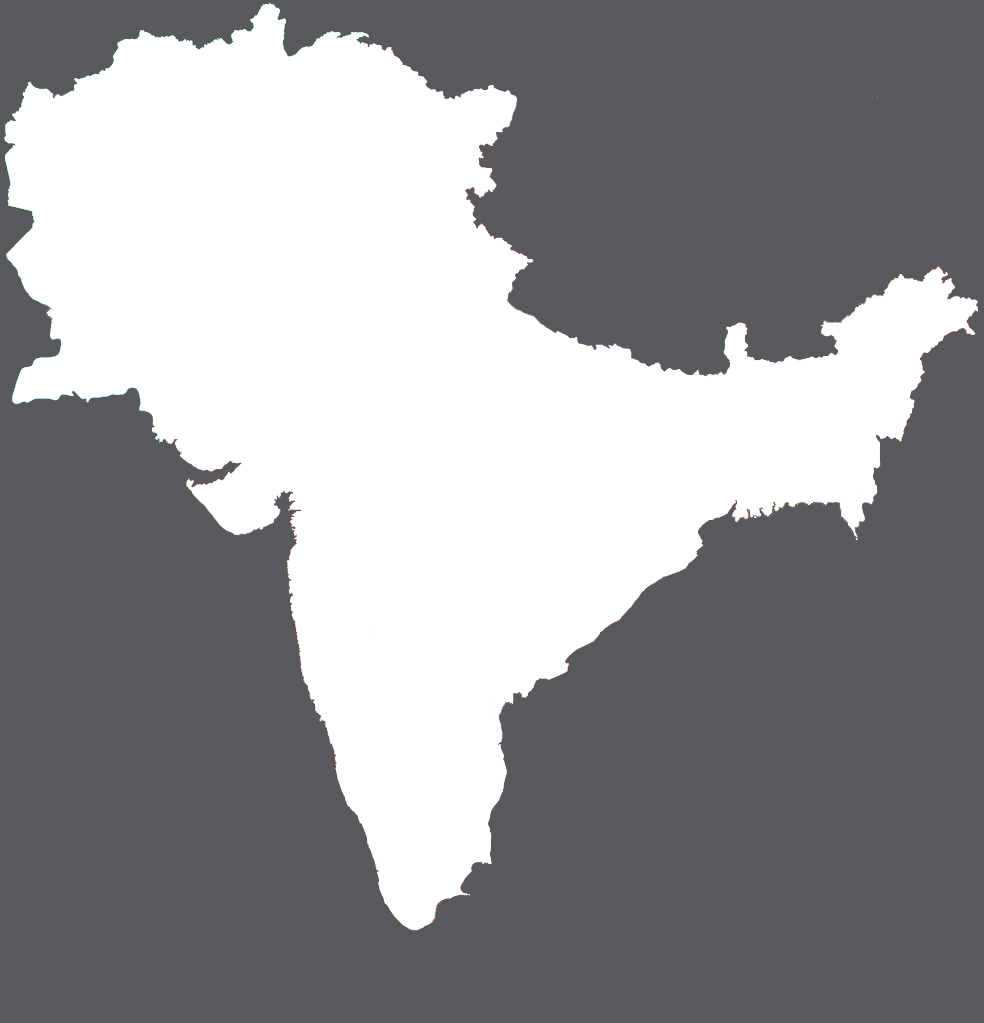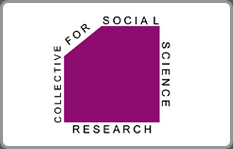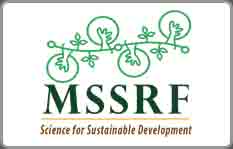Agriculture and Nutrition: Leveraging both for Food and Health!

It’s thirty years since Arnold Pacey and Philip Payne published ‘Agricultural Development and Nutrition’, in which they laid out the disconnect between the agricultural science and nutritional science - the latter being then grounded in medicine and biochemistry. They proposed a systems approach from social science to overcome this divide. The late, great Philip Payne wanted to ignite a transformative conversation between Indian home science college teachers, agricultural scientists, public policy works and all their students. I was in the team that prepared background papers for the Pacey and Payne book. It was an exciting project and was backed by FAO and UNICEF.
Yet it must have failed because the agriculture-nutrition disconnect that LANSA is addressing remains as intractable as ever. The problem of malnutrition in India is immense – some 40 % of under-fives – 65 m children – are stunted, a number said to be some twenty times larger than all the victims of HIV-AIDS. And whereas thirty years ago the focus was on calories, because it was thought that calorie adequacy ensured the adequacy of proteins and micro nutrients, in contemporary malnutrition all three nutrient groups are at play.
Like Pacey and Payne, LANSA has also developed the concept of ‘pathways’ to theorise the links between agriculture and nutrition. These pathways extend from simple relations between the production of nutrient-rich, ‘naturally fortified’, biodiverse farming systems for direct consumption by poor rural people whose kids and girls are most at risk, through behavioural and social change to improve the control of earnings and of household income that are (still) biased against women, to complicated pathways involving markets, non-agricultural assets, employment and incomes, the artificial fortification of processed food and state interventions to ensure these are accessed by target households. LANSA has also identified ‘heterogeneity in the correlates’ and causes of child malnutrition throughout the income distribution and throughout the districts of India.
It is very complicated: child malnutrition is the outcome of a concatenation of processes – in Pacey and Payne’s book they even included housing conditions and the cognitive stimulation of children through play.
A strong theme running through Pacey and Payne was the interaction between nutrition systems and disease. Malnutrition is the outcome of disease as well as lack of food. In 2014 UNICEF and the WHO reported that about 50% of India’s malnutrition, including that of well-fed kids from non-poor families, resulted from contaminated water and contact with faeces. One gram of the latter can contain as much as 10 m virus particles, 1m bacteria, 1k parasitic cysts and 100 parasite eggs.
Lack of sanitation is behind eruptions of diarrhoeal disease, cholera, typhoid, dysentery and worms. It is a prime source of hepatitis pathogens and results in enteropathy from the actions of viruses, bacteria, fungi and parasites that compromise the gut. Childhood disease is now known to be a cross-generation phenomenon with adult multipliers – the trio of diabetes, stroke and heart disease that marches across the world.
In India the practice of sanitation isn’t just a threat to health, it persists to the extent it does because of the way it is socially consigned to low caste people, and especially women, to take care of it. To many upper caste people the many forms of waste produced in the world’s fastest growing waste economy are all ‘invisible’.
And then, in utilitarian, economic terms, productivity losses to bad sanitation in a set of Asian countries are reckoned at between 2 and 7 % of GDP.
This taboo subject needs to be opened up. LANSA for instance recognises and mentions it in passing, in regressions, in ‘WASH’, but doesn’t actively research its implications.
In the literature sanitation is reduced to ‘open defecation’, in which India holds some records:– anywhere between 620 and 600 million open defecators produce 100,000 tonnes a day, a much worse proportion than in Pakistan and Bangladesh, worse among Hindus than Muslims in India and incomparably worse than in China where just 1 % of the people have to do this.
While LANSA regrets the low level of subsidies (and political commitment) to the development and consumption of nutritious food by the poor, India spends $26 bn on support to food and employment interventions, while public expenditure on sanitation runs at $400m – a magnitude of difference of 60:1.
If we put the S-word into the equations between agriculture and nutrition we have a new approach – not original in world-historical terms, but original in the history of LANSA.
Since human waste – and other biodegradable waste – are a general health hazard, a threat to productivity and a major contributor to child malnutrition throughout society, to act on open defecation is necessary but it is not sufficient.
Human waste needs treating so that its health risks are reduced and as far as possible eliminated. Then it can be recycled to agriculture. IDRC and IWMI in 2008 reckoned that in developing countries – including China and Vietnam, parts of Sub-Saharan Africa and Latin America – 200 m farmers use human waste – mostly untreated - on up to 20 m ha of land.
This in turn generates ‘sustainability benefits’ to agriculture. Nutrient recycling reduces import costs. Industrial nitrogen is energy intensive and costly to make; global phosphate resources are at serious risk of running out. Both can cause eutrophication in water bodies when leached from agricultural land, decimating local aquatic biodiversity. Recycling nutrients from human waste reduces the environmental burdens associated with both the production of fertilisers and their loss into watercourses.
Scaling up technologies
The model in the IWMI’s 2013 report on urban waste water and agricultural re-use involves open sewers, slums and untreated waste water flowing to local fields. The technologies to treat, ‘manage’ and recycle human waste aren’t rocket science: composting, drying and bio-gas have been developed as local and rural practices. Can they not be scaled-up to re-balance the material exchanges between town and countryside without compromising health? There are lots of research challenges.
Dry latrines can compost human waste directly but there’s a problem of flies which enjoy the products of surface friction. Mobile septic tanks (on lorries) have been suggested but these would need scaling down for the narrow alleys and lanes of Indian towns. And without treatment, human waste is just dumped. In the town where I have scoped the waste economy, in a state which ‘abolished manual scavenging’ in the early 1990s, human waste is thrown into the open drains and gulleys running between lines of buildings where it is joined by general consumption waste. This disgusting stew is impossible to sort with the prevailing overstretched labour force, and ends up in the dumpyard where workers regularly set fire to the foetid mess in order to compact it. All separable human waste from septic tanks is dumped either in a river bed or in a local irrigation lake which has been poisoned as a result. All-India, the untreated product of the septic tanks which have replaced manual scavenging is said to be responsible for 80 % of India’s surface water pollution.
Dumping untreated waste breaks the link between nutrition and agriculture. So, well, there are other options: reedbed technologies, river bank filtration, phytoremediation. But for decades now there has been no water in most South Indian river beds and their water tables have been further ruined by illegal sand-mining.
Only one in 10 Indian towns/cities has a sewerage system. While this is a major problem at present, it could be a benefit if India can leapfrog the West’s water-hungry, expensive and polluting model of using water to remove sewage, and replace this with a form of large scale dry-composting to be recycled to the land. It might well be easier to explore such a nutrition-sanitation-agriculture pathway in villages. IWMI’s 2013 report says that there are no holistic social cost-benefit studies of the options. That’s a disgraceful admission in the 21st century. Why can’t it be remedied?
One last point. If you read the ADB-Ministry of Drinking Water and Sanitation Guidelines on Solid and Liquid Waste Management in Rural Areas you’ll see that the sanitation engineers take an entirely technological approach to this problem. But the waste economy is a vast labour sponge of last resort in the informal economy. Research is needed to insert livelihoods into the N-S-A pathway, if a disaster of large-scale, uncompensated labour displacement (as happened when rice milling was electrified) is to be avoided when money is found finally to modernise the sanitation systems.
The holistic approach adopted by LANSA is essential to the analysis of this N-S-A pathway. Otherwise as Philip Payne argued, policy levers are pulled and nothing happens, or entirely unintended outcomes happen. I wish LANSA well in its multi-disciplinary, variously scaled, internationally comparative, Herculean - not to mention Augean - task.
LINKS
Amerasinghe et al, 2013, Urban wastewater and agricultural re-use: challenges in India IWMI Research Report no 147, IWMI , Colombo – and references therein
CSE. 2012. Excreta matters volume 1: How urban India is soaking up water, polluting rivers and drowning in its own waste. 7th report in the State of India’s Environment series. New Delhi.
Francis M. Ngure et al., 2014, "Water, Sanitation, and Hygiene (WASH), Environmental Enteropathy, Nutrition, and Early Childhood Development: Making the Links," Annals of the New York Academy of Sciences 1308: 118-28
Gale J, 2009,India Failing to Control Open Defecation Blunts Nation’s Growth. bloomberg.com
Guidelines for developing State Policies on Solid and Liquid Waste Management (SLWM) in Rural Areas, Ministry of Drinking Water and Sanitation and Asian Development Bank, New Delhi, Govt of India 2014
Harris G. 2014. Poor Sanitation in India May Afflict Well-Fed Children With MalnutritionNew York Times, July 13th
HLPE, 2014. Food losses and waste in the context of sustainable food systemsThe High Level Panel of Experts on Food Security and Nutrition Report no 8 June
Kadiyala et al, 2014,Agriculture and nutrition in India: mapping evidence to pathwaysAnn. N.Y. Acad. Sci.1331: ) 43–56 C
Pacey P and P Payne, 1985. Agricultural Development and Nutrition, London Hutchinson Press
Unicef, 2013, Water, Sanitation, and Hygiene: 2012 Annual Report New York
WHO, 2008 Safe water better health: costs benefits and sustainability of interventions to promote and protect health, Geneva








Add new comment